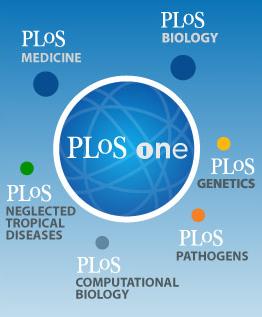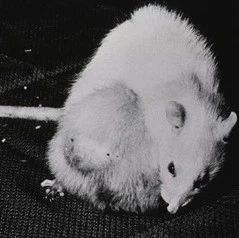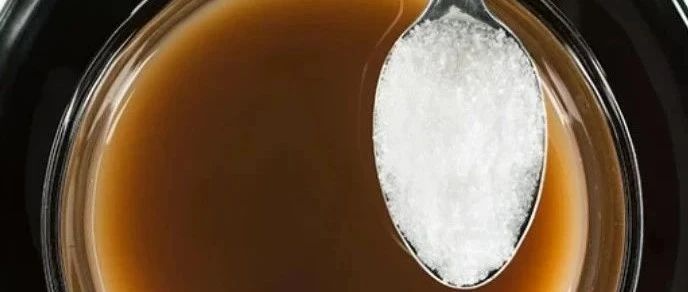导读:诱导多功能干细胞(iPS细胞)能发育成各种组织和脏器,但医学家担心它们发生癌变。日本研究人员13日报告说,他们用小鼠iPS细胞培育出了癌症干细胞,并确认其发展成癌细胞的过程,这将有助于提高iPS细胞的安全性。

iPS细胞
诱导多功能干细胞(iPS细胞)能发育成各种组织和脏器,但医学家担心它们发生癌变。日本研究人员13日报告说,他们用小鼠iPS细胞培育出了癌症干细胞,并确认其发展成癌细胞的过程,这将有助于提高iPS细胞的安全性。
日本冈山大学教授妹尾昌治领导的研究小组13日在美国在线科学刊物PLoS One上报告说,他们首先用小鼠细胞培育出iPS细胞,然后向培养液中添加曾培育过肺癌、皮肤癌等癌细胞的液体,4周后将其中未分化的iPS细胞移植到小鼠皮下。结果,小鼠全部患上了癌症,其部分癌细胞不断分化,还有一些癌细胞向肺转移,研究小组由此确认未分化的上述iPS细胞就是癌症干细胞。
研究人员同时发现,在普通培养液中用常规方法培育的iPS细胞,移植后不会癌变,但如果与癌细胞一起培养,多数iPS细胞会死亡。妹尾昌治指出,少数iPS细胞癌变也许是受到癌细胞碎片或者其排出的分泌物影响。
研究小组认为,如果能更深入地了解iPS细胞癌变过程及其发展成的癌细胞特点,将有助于预防和治疗癌症。由于癌症干细胞在肿瘤细胞中所占比例只有百分之几,采集非常困难,利用iPS细胞培养成的癌症干细胞可供制药企业开发新药。

A Model of Cancer Stem Cells Derived from Mouse Induced Pluripotent Stem Cells
Ling Chen, Tomonari Kasai, Yueguang Li, Yuh Sugii, Guoliang Jin, Masashi Okada, Arun Vaidyanath, Akifumi Mizutani, Ayano Satoh, Takayuki Kudoh, Mary J. C. Hendrix, David S. Salomon, Li Fu, Masaharu Seno
Cancer stem cells (CSCs) are capable of continuous proliferation and self-renewal and are proposed to play significant roles in oncogenesis, tumor growth, metastasis and cancer recurrence. CSCs are considered derived from normal stem cells affected by the tumor microenvironment although the mechanism of development is not clear yet. In 2007, Yamanaka's group succeeded in generating Nanog mouse induced pluripotent stem (miPS) cells, in which green fluorescent protein (GFP) has been inserted into the 5′-untranslated region of the Nanog gene. Usually, iPS cells, just like embryonic stem cells, are considered to be induced into progenitor cells, which differentiate into various normal phenotypes depending on the normal niche. We hypothesized that CSCs could be derived from Nanog miPS cells in the conditioned culture medium of cancer cell lines, which is a mimic of carcinoma microenvironment. As a result, the Nanog miPS cells treated with the conditioned medium of mouse Lewis lung carcinoma acquired characteristics of CSCs, in that they formed spheroids expressing GFP in suspension culture, and had a high tumorigenicity in Balb/c nude mice exhibiting angiogenesis in vivo. In addition, these iPS-derived CSCs had a capacity of self-renewal and expressed the marker genes, Nanog, Rex1, Eras, Esg1 and Cripto, associated with stem cell properties and an undifferentiated state. Thus we concluded that a model of CSCs was originally developed from miPS cells and proposed the conditioned culture medium of cancer cell lines might perform as niche for producing CSCs. The model of CSCs and the procedure of their establishment will help study the genetic alterations and the secreted factors in the tumor microenvironment which convert miPS cells to CSCs. Furthermore, the identification of potentially bona fide markers of CSCs, which will help the development of novel anti-cancer therapies, might be possible though the CSC model.
文献链接:https://www.plosone.org/article/info%3Adoi%2F10.1371%2Fjournal.pone.0033544







